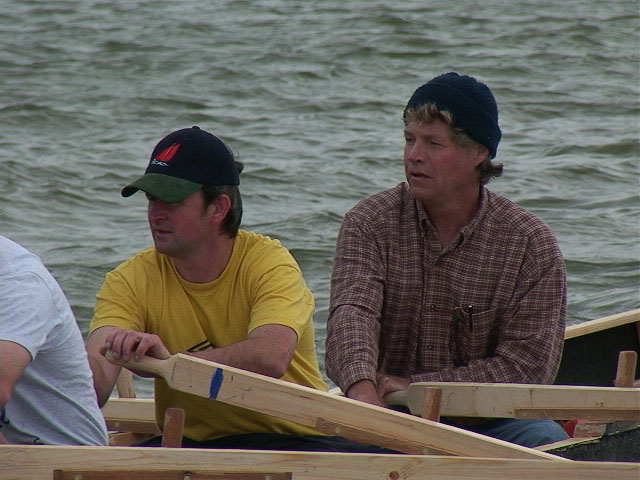Spring is a time for new beginnings. Dana and Michael moved into her family’s summer cottage on Cape Cod. He sound tested the shells he purchased at Tom’s Shell Shack in his spare time. Great Horned Owls answered the hooting sounds he made with the Muffin Shell. Loons cried back to the sounds of the Turban Shell. Ospreys listened attentively to the small clam shell whistles and Mourning Doves flew toward the sounds he made using the Great Screw Shell.
The song of the Mourning Dove has been described as plaintive. I suppose that’s because 20 million or so are shot and killed each year by hunters, just in the United States alone. But the State of Massachusetts protected the bird in 1902, and they were (and still are) plentiful on Cape Cod. This was fortunate. Michael chose the Screw Shell to experiment with first because there was always a Mourning Dove around, willing to answer his calls.
He reasoned that the Screw Shell ought to behave like a flute, if a pitch hole could be drilled through the shell. He wanted to imitate the simple two note song of the Mourning Dove, so he used an old electric carpenters drill to drill one small pitch hole through the shell. It took a long time, but it worked. The pitch changed and he was better able to imitate the song of the Mourning Dove.
But he had only purchased one Screw Shell while in Florida. He needed more to continue his experiments. He drove to Provincetown and entered the only shell shop on the Cape.

